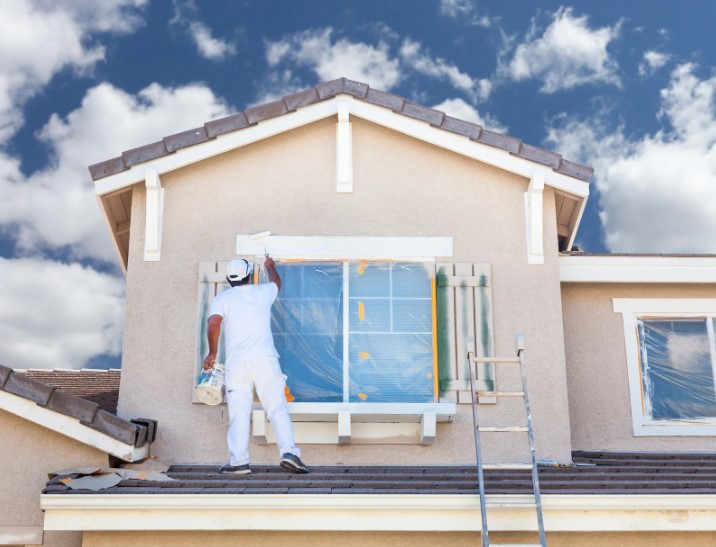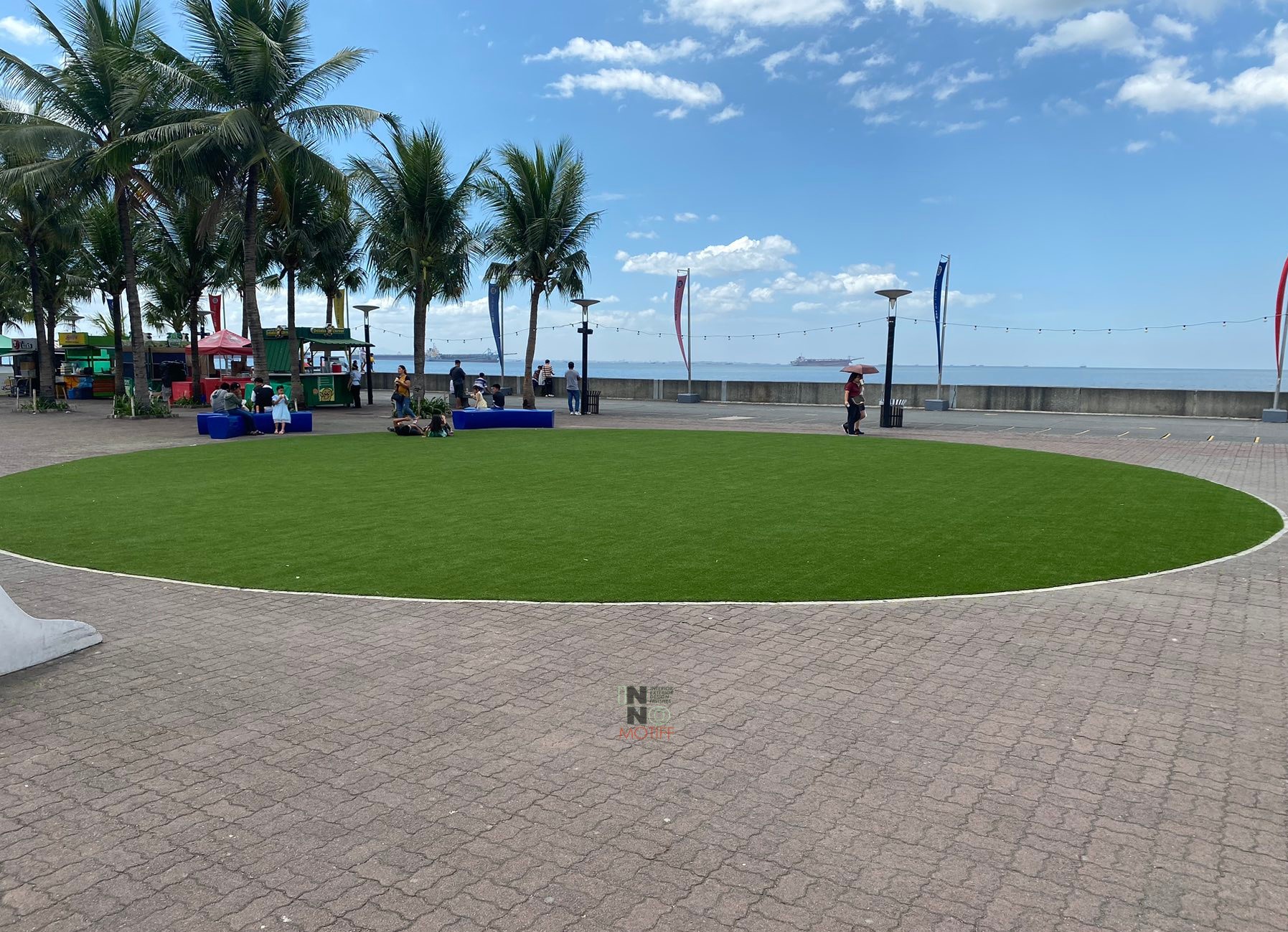Project management plays a crucial role in ensuring that interior design projects are completed successfully. In the fast-paced and competitive environment of Singapore’s interior design industry, strong project management practices are essential for staying on budget, meeting deadlines, and fulfilling client expectations. This article will explore the best project management practices for interior design projects in Singapore, offering tips and strategies for interior designers and project managers to navigate the complexities of the local market. Whether you’re an experienced designer or just starting out, understanding how to manage an interior design project effectively is key to delivering exceptional results. One company that exemplifies the importance of strong project management in interior design is Vins Interior, known for its seamless coordination and expert handling of interior projects in Singapore.
Understanding the Interior Design Landscape in Singapore
Singapore’s interior design industry is known for its high standards and diverse design needs. With a growing demand for innovative and functional spaces in both residential and commercial sectors, project management plays a pivotal role in translating client ideas into reality. In addition to meeting design expectations, interior designers must also navigate local regulations, building codes, and compliance requirements. The Singapore government’s push towards green building and sustainable designs adds another layer of complexity to interior design projects. Effective project management ensures that these regulations are followed while also helping to deliver on time and within budget.
For example, Vins Interior is well-versed in the local landscape, managing projects that align with Singapore’s sustainability goals. Project management in this environment requires careful planning and attention to both the aesthetic and regulatory aspects of the design.
Setting Clear Goals and Objectives
The foundation of any successful interior design project begins with setting clear goals and objectives. The first step in project management is defining the scope of the project, which includes understanding the client’s needs, budget constraints, and the desired outcome. Whether designing a modern office space or a cozy home interior, the project manager must align all the elements to meet the client’s vision. Establishing measurable goals early on helps in tracking progress and ensures the team remains focused on achieving the desired result.
Project management in interior design involves balancing creative freedom with realistic expectations. For instance, Vins Interior ensures that the client’s objectives are understood from the start, whether it’s maximizing space, adhering to a specific style, or working with a fixed budget. This clarity in goals helps prevent scope creep, delays, and miscommunication throughout the project lifecycle.
Effective Project Planning and Scheduling
Effective project planning and scheduling are integral components of project management, especially in the context of interior design projects in Singapore. Interior design projects often involve multiple teams, including architects, contractors, suppliers, and clients. Coordinating these teams to ensure everything is completed on time requires detailed planning. Using project management tools such as Gantt charts or project management software can help create realistic timelines with clear milestones for each phase of the project.
Scheduling is especially important in Singapore, where timelines can be tight, and delays due to weather or availability of materials can cause costly setbacks. A well-thought-out project management plan allows for flexibility, mitigating any unforeseen challenges that may arise. Vins Interior uses advanced project management tools to ensure that projects are completed on time, while also keeping the client updated every step of the way.
Budgeting and Cost Control Strategies
In the competitive interior design market, managing a budget efficiently is a crucial aspect of project management. Clients in Singapore often expect high-quality designs at affordable prices, and interior designers must find ways to manage costs without compromising on quality. The project manager must allocate resources carefully and avoid unnecessary expenses.
A key project management practice is to anticipate potential cost overruns and build contingency plans. Monitoring spending on materials, labour, and other resources throughout the project helps ensure that the design stays within budget. Regular cost assessments allow the team to identify areas where savings can be made or adjustments can be made in real-time.
Vins Interior demonstrates a keen ability to manage project costs while delivering exceptional results. By prioritizing cost-effective solutions without sacrificing quality, their project managers ensure that clients receive value for money, making their designs affordable and high-end.
Selecting the Right Team and Suppliers
Selecting the right team and suppliers is a fundamental aspect of project management in interior design. The design team needs to consist of skilled professionals who understand the client’s vision and can execute it efficiently. Project management includes vetting contractors, designers, suppliers, and other third-party professionals to ensure they meet quality standards and can work cohesively as a unit.
Collaboration is key to achieving a successful outcome. The project manager must coordinate between various parties, ensuring smooth communication and workflow. Working with reliable suppliers ensures that the necessary materials are available when needed and are of high quality.
Vins Interior places great emphasis on collaborating with trusted suppliers and professionals to create cohesive teams for each project. Their project managers ensure that the right people are chosen for each task, from sourcing sustainable materials to working with skilled craftsmen, all of whom play a role in delivering a successful project.
Communication and Collaboration Best Practices
Effective communication is one of the cornerstones of successful project management. For interior design projects, this means maintaining clear lines of communication between the client, design team, contractors, and suppliers. Regular updates, meetings, and discussions help ensure that the project stays on track and that any issues are addressed promptly.
Technology plays a significant role in modern project management. Tools such as project management software, instant messaging, and collaborative platforms allow team members to stay connected and share updates in real-time. This reduces the risk of misunderstandings and keeps the project moving forward.
Vins Interior prioritizes transparent and frequent communication with clients. Their project managers provide regular updates and make use of digital platforms to keep all stakeholders informed, ensuring that clients feel engaged and confident throughout the project.
Quality Control and Risk Management
Quality control is crucial to ensuring that the interior design project meets the client’s standards and expectations. A thorough project management plan should include regular inspections, testing, and review processes to ensure that every element of the design adheres to the highest standards. Risk management also plays a key role in project management, particularly in identifying potential delays, cost overruns, or safety issues.
In the case of Vins Interior, regular quality checks and close collaboration with contractors ensure that the final result is nothing short of excellent. The project management team at Vins Interior is proactive in identifying risks and resolving them before they become issues, which leads to smoother project execution.
Sustainable and Smart Interior Design Practices
As sustainability becomes increasingly important in Singapore, interior designers must incorporate eco-friendly practices into their projects. Sustainable interior design involves using energy-efficient materials, selecting environmentally friendly products, and minimizing waste. Project managers need to integrate these sustainable practices into the planning and execution of the design.
Additionally, incorporating smart technology into interiors, such as automated lighting systems and energy-saving appliances, is becoming more common. A strong project management approach helps to integrate these technologies while ensuring that the project remains on budget and within scope.
Vins Interior embraces sustainable and smart interior design practices, making sure their projects align with Singapore’s green initiatives. By prioritizing eco-friendly materials and smart technologies, their project managers ensure that designs are not only functional but also environmentally responsible.
Final Handover and Post-Project Support
The final stage of a project involves the handover of the completed design to the client. Effective project management ensures that all tasks are completed, and the client is satisfied with the results. Before the handover, a thorough inspection should be conducted to ensure everything is in order, and any final adjustments are made.
Project managers must also provide post-project support, offering maintenance and ensuring that the design remains functional over time. This ongoing support is an important part of building long-term relationships with clients.
Vins Interior ensures a smooth and efficient handover process, with a clear final inspection and any necessary adjustments made. Their commitment to post-project support ensures that clients can rely on them for ongoing maintenance and assistance.
Takeaway
Project management is integral to the success of interior design projects in Singapore. By following best practices such as setting clear goals, effective planning, and maintaining communication, designers and project managers can navigate the complexities of the industry. Companies like Vins Interior exemplify the power of effective project management in delivering exceptional interior designs on time and within budget.
With the right approach to project management, interior design projects in Singapore can be an exciting and fulfilling journey, resulting in spaces that not only meet but exceed client expectations.











